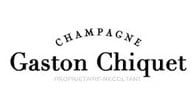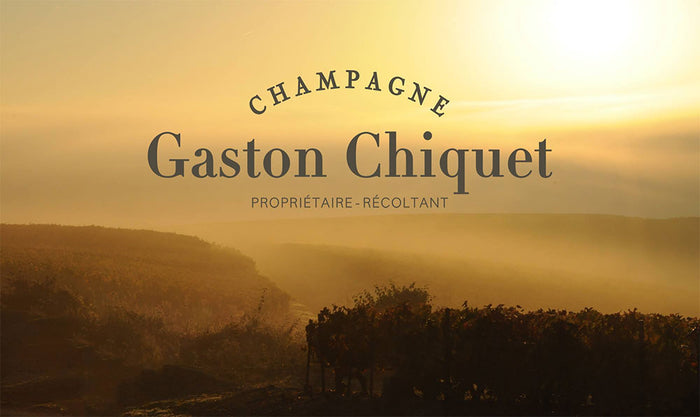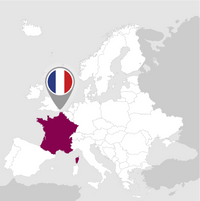Awards
Details

Perfume

Color

Taste
Serve at:
06 - 08 °C.
Longevity:
10 - 15 years

Pairings
- Start up year: 1746
- Hectares: 23
In 1919, the brothers Fernand & Gaston Chiquet - winegrowers by trade - joined forces to create their commercial house Chiquet Frères. They were 'pionniers' in Champagne, the first winegrowers to take a bold initiative for the time: look at their grapes, process them in the Champenois method and then market the wine. In 1923, they won their first medal in PARIS then their 'Médaille d'Or' in Epernay. In 1935, the brothers split up and Gaston Chiquet created his own brand.
In 1950, Gaston and his son Claude bought land in Ay and Hautvillers. Thus they have new possibilities for blending, an essential art in the elaboration of Champagne.
In their turn, Antoine and Nicolas Chiquet, in 2003, ensure continuity while respecting ancestral rules: "Our essential objective is to guarantee the quality requirements of which we are the heirs"; even if techniques have improved, the tradition remains. Read more


| Name | Chiquet Champagne Grand Cru Blanc de Blanc d'Ay Brut 2015 |
|---|---|
| Type | White green classic method sparkling wine brut |
| Denomination | Champagne AOC |
| Vintage | 2015 |
| Size | 0,75 l |
| Alcohol content | 12.5% by volume |
| Grape varieties | 100% Chardonnay |
| Country | France |
| Region | Champagne region |
| Vendor | Gaston Chiquet |
| Origin | Vineyards around the village of Aÿ - Dizy (France) |
| Soil composition | Clay and limestone on belemnita quadrata chalk. This chalk variety stores and radiates solar heat, maximizes drainage of excess water and retains humidity in summer. It stores the principal minerals that give the grapes their high ester content. |
| Cultivation system | Pruned according to "Chablis" and "Cordon de Royat" methods. |
| Plants per hectare | 8,300 to 10,000 vines by hectare. |
| Harvest | Grapes harvested by hand in September, transported in vented crates. Hydraulic presses of 4,000 kg. |
| Wine making | By parcel. Static settling 15 to 20 hours. Alcoholic and malolactic fermentation, tartaric stabilization in small-volume, temperature controlled tanks during 3 to 4 months. |
| Aging | Aged on lees 3 years on average. Bottled 4 to 6 months after harvest. |
| Allergens | Contains sulphites |





